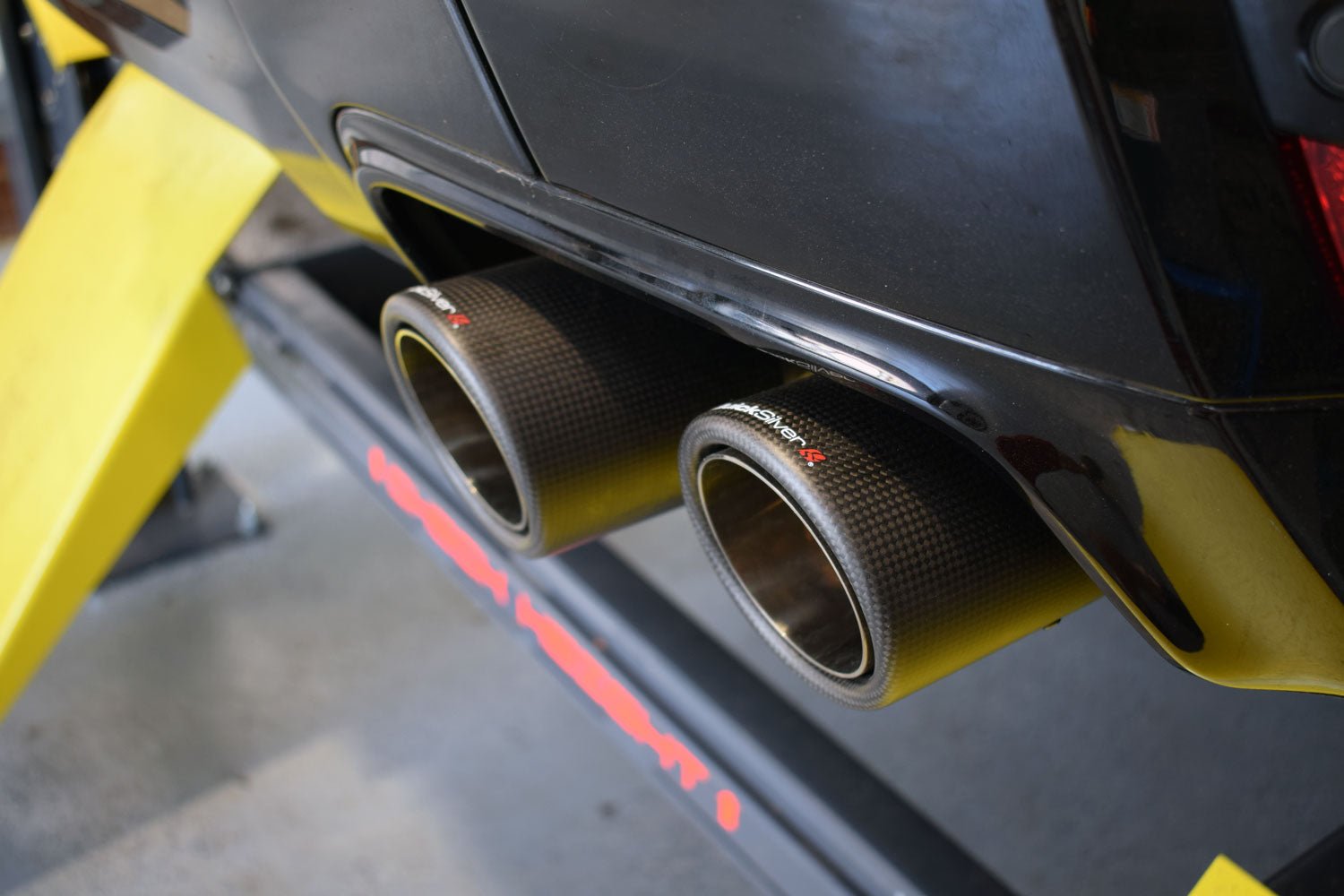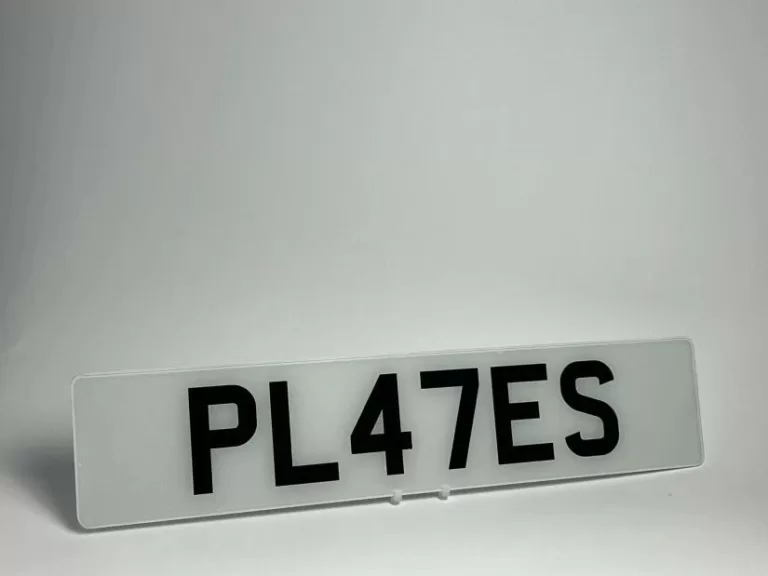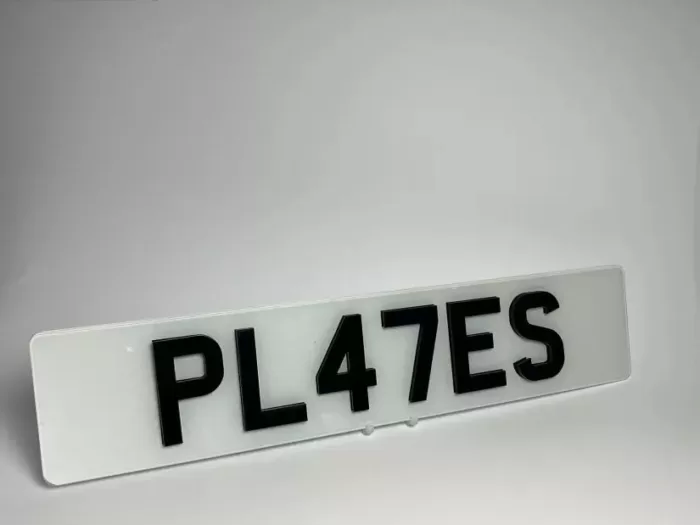Understanding the Costs Involved in Repairing or Replacing an Exhaust System
When it comes to vehicle maintenance, one component often overlooked is the exhaust system. Whether it’s due to wear and tear or damage, understanding the costs involved in repairing or replacing an exhaust system is crucial for any car owner. Not only does the exhaust system play a vital role in your vehicle’s overall performance, but it also impacts emissions and fuel efficiency. Below, we’ll break down the costs associated with this essential part of your car.
What Are the Key Components of an Exhaust System?
The exhaust system consists of various parts, each of which can incur different costs when repairs or replacements are necessary. Here are the main components:
- Exhaust Manifold: Collects exhaust gases from the engine.
- Catalytic Converter: Reduces harmful emissions.
- Oxygen Sensors: Monitors the exhaust gases to ensure optimal performance.
- Exhaust Pipes: Carries exhaust gases away from the engine.
- Muffler: Reduces noise produced by the exhaust gases.
Factors Affecting the Cost of Repairing or Replacing an Exhaust System
The cost for repairing or replacing your exhaust system can vary widely based on several factors:
- Extent of Damage: Minor repairs may cost as little as $100, while complete replacements can run over $1,000.
- Type of Vehicle: Luxury or specific vehicle models often come with higher parts and labor costs.
- Labor Costs: The hourly labor rates charged by your local mechanic can significantly impact overall expenses.
- Quality of Parts: Original Equipment Manufacturer (OEM) parts are typically more expensive than aftermarket options but may last longer.
Average Costs of Common Exhaust System Repairs
Knowing the average costs for specific repairs can help you budget accordingly. Here’s a breakdown of typical expenses:
- Exhaust Manifold Replacement: $300 – $600
- Catalytic Converter Replacement: $800 – $1,500
- Oxygen Sensor Replacement: $100 – $300
- Exhaust Pipe Repair: $150 – $500
- Muffler Replacement: $100 – $300
Signs That You May Need Repairs
Identification of potential issues can help you address problems before they escalate. Look out for these warning signs:
- Increased engine noise
- Rattling or buzzing sounds
- Decreased fuel efficiency
- Strong odor of exhaust fumes inside or outside of the vehicle
- Warning lights on your dashboard
DIY vs Professional Repairs
Another important factor that influences the cost is whether you choose to tackle repairs yourself or hire a professional. While DIY repairs can save money, they require the right tools and knowledge. Poor installation or repairs can lead to further damage and higher costs in the long run. If you’re unsure, it’s often best to consult with a qualified mechanic.
Preventive Maintenance Tips
Taking care of your exhaust system can prolong its life and save you money. Here are some tips for maintaining your exhaust system:
- Regularly inspect the system for leaks or damage.
- Keep an eye on the exhaust fumes; changes can indicate problems.
- Maintain your engine. A well-running engine is less likely to damage the exhaust system.
- Get regular tune-ups and check-ups to spot issues early.
Understanding the costs involved in repairing or replacing an exhaust system is essential for car owners. By being aware of potential signs of wear, the various components involved, and the associated costs, you’ll be better equipped to make informed decisions regarding your vehicle. Regular maintenance can go a long way in keeping your costs down and ensuring your car runs smoothly.
Common Signs That Your Exhaust System Needs Attention
Your vehicle’s exhaust system plays a critical role in ensuring optimal engine operation and reducing harmful emissions. Over time, this system encounters wear and tear, and there are common signs that indicate it may need attention. Recognizing these signs early can save you from costly repairs and maintain your vehicle’s efficiency. Here are some crucial indicators to watch for:
Unusual Noises
If you start hearing strange noises when you accelerate, it may be a warning sign. Common sounds include:
- Rattling: A loose component in the exhaust system can create a rattling noise.
- Hissing: A hissing sound often points to a leak in the exhaust manifold or a pipe.
- Roaring: An increase in engine noise can suggest a problem with the muffler or a break in the system.
Decrease in Fuel Efficiency
Have you noticed your fuel bills increasing? A failing exhaust system can reduce fuel efficiency significantly. When the exhaust system isn’t venting gases properly, the engine has to work harder, which consumes more fuel. Therefore, if your vehicle is using significantly more gas than usual, it might be time to investigate your exhaust system.
Emissions and Warning Lights
Your vehicle has built-in systems to monitor emissions. If the check engine light comes on, it could indicate an issue with the exhaust system. This light can be triggered by:
- A malfunctioning oxygen sensor
- A failing catalytic converter
- Loose or damaged exhaust pipes
Make sure to check your vehicle’s diagnostics when this light appears to address problems promptly.
Visible Damage or Rust
A visual inspection can reveal issues with your exhaust system. Look for:
- Holes and Cracks: A damaged exhaust pipe can lead to leaks and decreased performance.
- Alternating Rust Colors: Rust buildup can weaken the system. If you see significant rust, it’s time for a closer examination.
- Disconnected Parts: Ensure that all components are securely connected, as disconnections can lead to major issues.
Exhaust Fumes Inside the Vehicle
If you smell exhaust fumes while driving, it’s a serious concern. This can indicate a leak in the exhaust system that is allowing harmful gases to enter the cabin. This situation poses health risks and requires immediate attention from a professional to prevent carbon monoxide poisoning.
Overheating Engine
An overheating engine can be a sign that your exhaust system isn’t functioning properly. When exhaust gases can’t escape efficiently, they can increase the temperature within the engine. Watch out for the temperature gauge; if it rises unusually high, your exhaust system might be the culprit.
Poor Vehicle Performance
If you’re experiencing a lack of power, poor acceleration, or an overall sluggish performance, it might be time to look into the exhaust system. A clogged catalytic converter or damaged muffler can restrict exhaust flow, severely impacting engine performance. This is especially noticeable in vehicles that require more power for acceleration.
Excessive Vibrations
Feeling excessive vibrations while driving may also signal an issue. If part of the exhaust system is loose or damaged, it can cause the whole vehicle to vibrate. Pay attention to how the car handles, and if something feels out of normal ranges, have it examined.
Regular monitoring of your vehicle’s exhaust system can prevent more severe and costly problems down the road. If you notice any of these signs, it’s wise to consult a professional mechanic to diagnose the problem properly. Addressing issues early not only improves performance but also enhances your driving experience and safety.
Comparing Repair vs. Replacement: Which Option is Best for You?
When faced with the dilemma of needing an exhaust system fix, many car owners wonder whether to repair or replace the component entirely. Each option comes with its own set of costs and benefits. Understanding the differences is crucial for making an informed decision that suits your vehicle’s needs and your budget.
Assessing the Condition of Your Exhaust System
The first step in deciding between repair or replacement is to evaluate the current state of your exhaust system. Look for the following signs:
- Rust and corrosion: Extensive rust may indicate that the exhaust system is nearing the end of its life.
- Leaks: Listen for unusual noises or check for any visible leaks in the system.
- Separation and damage: Inspect for broken hangers, loose pipes, or damaged mufflers.
- Performance issues: Sluggish acceleration or an increase in fuel consumption can be linked to exhaust problems.
If your exhaust system shows multiple signs of severe wear, replacement may be the better option. However, minor issues can often be repaired without the need for a complete overhaul.
Understanding Repair Costs
Repairing an exhaust system can often be less expensive than replacing it. Here’s a breakdown of potential costs:
- Labor Costs: Typically ranges from $75 to $150 per hour, depending on the shop and location.
- Parts Costs: Replacement parts, such as gaskets and pipes, can cost from $15 to $200.
- Diagnostic Fees: Some shops charge a diagnostic fee, usually between $50 and $100, to identify specific issues.
Repairs might typically cost between $100 to $500, depending on the extent of the damage and labor involved. This makes repairs an appealing choice when dealing with minor issues.
Evaluating Replacement Costs
On the other hand, if your exhaust system is significantly damaged, consider the costs associated with full replacement:
- Labor Costs: Like repairs, labor costs for replacements generally range from $75 to $150 per hour. Full replacements can take a few hours.
- Parts Costs: Depending on the type of vehicle, replacement exhaust systems can range from $300 to over $1,500.
In total, replacing an exhaust system may run between $500 and $2,000, depending on various factors, including vehicle make and model, and whether you decide on an aftermarket or OEM part.
Long-Term Considerations
While upfront costs are a significant part of your decision-making, consider the long-term implications as well. Repairs may be a quick fix, but if your exhaust system is nearing the end of its lifespan, replacement may save you money in the long run by preventing future issues.
Moreover, replacing an exhaust system can enhance your vehicle’s performance and fuel efficiency. A new exhaust system functions better than an old, patched one, potentially improving your drive quality.
Environmental Impact
Consider the environmental factors. An inefficient exhaust system can lead to increased emissions. By investing in a new exhaust system, not only are you repairing your vehicle’s efficiency, but you’re also contributing to a healthier planet.
To summarize, deciding between repair and replacement is more than just a financial choice. Take into account the condition of your exhaust system, costs, long-term benefits, and environmental impact. Evaluating these factors will help you make the best choice for you and your vehicle.
Now that you have a clearer understanding of the options, you can confidently approach your mechanic and discuss the best route for your exhaust system. Whether it’s a simple fix or a complete overhaul, making an informed choice ensures that your vehicle remains safe, efficient, and enjoyable to drive.
Factors That Influence the Cost of Exhaust System Repairs
If your vehicle is making strange noises or emitting unpleasant smells, it might be time to consider the health of your exhaust system. Repairing or replacing an exhaust system can be vital to your car’s performance and emissions. But what are the factors that influence the costs involved in these repairs or replacements? Let’s explore these variables to help you better understand what to expect.
Type of Exhaust System
The cost of repairing or replacing your exhaust system greatly depends on the type of exhaust system your vehicle has. Factors to consider include:
- Aftermarket vs. OEM: Original Equipment Manufacturer (OEM) parts are often more expensive than aftermarket options.
- Type of Exhaust: Performance exhaust systems may come at a premium but often offer benefits like improved efficiency.
- Configuration: A single exhaust system tends to cost less than a dual exhaust system.
Extent of Damage
Understanding the level of damage is crucial to estimating costs. Minor repairs, like replacing a section of the pipe or fixing a leak, are more affordable than a complete exhaust system replacement. Keep these points in mind:
- Leaks: Simple leaks can usually be sealed for a lower cost.
- Piping Damage: Bent or rusted pipes may need section replacements, impacting the overall price.
- Cat Converter Issues: Problems with the catalytic converter can be costly to fix, often requiring complete replacement.
Labor Costs
Labor charges will add to the total repair bill. Labor costs vary depending on several factors:
- Location: Labor rates differ across cities and states. Urban areas tend to charge more due to higher overhead costs.
- Mechanic Reputation: Well-established shops may have higher labor costs due to their expertise and customer service.
- Estimated Time: If the repair is complex, it may take longer, leading to higher labor fees.
Materials Used
The materials utilized in repairs also impact costs. The choice between stainless steel and mild steel can lead to significant price differences:
- Stainless Steel: More durable and resistant to rust but comes at a higher price.
- Mild Steel: More affordable but may rust and require replacement sooner.
Additional Parts Required
Sometimes the repair might need extra parts, adding to your cost. Consider these factors:
- Mounting Hardware: Old bolts and hangers may need replacing.
- Gaskets: New gaskets are often necessary for a proper seal.
- Other Components: Items like mufflers or resonators could also require replacement if damaged.
Vehicle Make and Model
Your car’s make and model affects overall repair costs. High-end or luxury cars typically have more expensive parts:
- Popular Models: Common vehicles usually have a lower parts cost due to wider availability.
- Luxury Brands: For brands like BMW or Mercedes, parts can be significantly pricier.
State and Emission Regulations
Different states have various emission regulations. Areas with stricter standards may require more advanced materials or technologies, leading to increased costs. Be aware of:
- Emission Controls: Repairs might include modifications to tackle emissions norms.
- Additional Inspections: Some jurisdictions may require a special inspection after exhaust work.
Understanding these factors can provide clarity regarding the costs involved in repairing or replacing your exhaust system. Performing regular checks and consulting skilled mechanics can significantly affect your expenses and keep your vehicle running smoothly. If you face exhaust issues, evaluating these aspects will equip you with the knowledge to make informed decisions, ultimately enhancing your driving experience.
Maintenance Tips to Extend the Life of Your Exhaust System
Your exhaust system plays a crucial role in your vehicle’s performance and emissions control. Taking care of this essential component not only ensures your car runs smoothly but also saves you money in repairs down the line. Here are some effective maintenance tips to extend the life of your exhaust system.
Regular Inspections
Frequent inspections are vital to spot potential issues before they escalate. Here’s what to look for during your checks:
- Check for leaks: Use your sense of smell; if you can smell exhaust fumes inside the vehicle, there could be a leak.
- Look for rust and corrosion: Examine your exhaust pipes and catalytic converter for signs of rust.
- Listen for unusual sounds: Loud noises, especially those that change when accelerating, may indicate damage.
Clean Your Exhaust System
Debris, dirt, and grime can build up in your exhaust system, leading to rust and blockages. Regular cleaning can prevent these issues:
- Use a rust remover: Apply a rust treatment to affected areas and follow the manufacturer’s instructions.
- Spray with a high-pressure washer: If safe, use a high-pressure washer to clean out any retained debris inside the exhaust system.
- Inspect and clean the tailpipe: A clean tailpipe enhances your vehicle’s appearance and performance.
Keep an Eye on Engine Performance
Your exhaust system depends heavily on your engine’s performance. If your engine isn’t running smoothly, it could create excess pressure in the exhaust, leading to damage. Pay attention to these signs:
- Monitor fuel efficiency: A sudden drop in miles per gallon may indicate an exhaust problem.
- Watch for check engine lights: Pay close attention to warning lights; they might signal exhaust system issues.
- Listen for odd sounds: If your vehicle sounds more aggressive than usual, visit a mechanic immediately.
Replace Old Parts Promptly
Wear and tear can lead to exhaust system failures. If you notice rust, cracks, or other signs of wear, it’s essential to replace parts quickly:
- Muffler: A damaged muffler can affect engine performance and lead to louder exhaust noise.
- Catalytic converter: If this part fails, your emissions will increase, and your vehicle may fail inspections.
- Exhaust pipes: Ensure there are no kinks or damages that might restrict airflow.
Avoid Driving with a Faulty Exhaust
Driving with a damaged exhaust system can lead to severe problems. Not only does it compromise your vehicle’s performance, but it can also be hazardous. Consider the following:
- Excessive noise: A loud exhaust can disturb you and others around you.
- Harmful emissions: A faulty exhaust can increase pollution levels and fail emissions tests.
- Reduced power: A malfunction in the exhaust can affect how well your engine performs, leading to poor acceleration.
Use Quality Fuel
The type of fuel you use can also impact your exhaust system’s longevity. High-quality fuel burns cleaner and can prolong the life of your exhaust components. Here are tips:
- Choose known brands: Opt for well-known brands that provide cleaner-burning fuel.
- Avoid low-quality gas: Cheap gas can lead to increased carbon buildup.
- Consistent fuel type: Use the same type of fuel regularly for optimal performance.
Taking proactive steps can lead to significant savings and improved safety. By regularly inspecting your exhaust system, cleaning it, and addressing issues promptly, you can keep your vehicle running smoothly and efficiently for years to come. Remember that the exhaust system is not just about getting rid of fumes; it’s a vital component in maintaining your vehicle’s overall health.
Conclusion
Navigating the costs of repairing or replacing your exhaust system can be complex, but understanding the essential elements can help you make informed decisions. Recognizing common signs that your exhaust system requires attention, such as unusual noises or decreased fuel efficiency, can prompt timely action and potentially save you money in the long run.
When faced with the dilemma of repair versus replacement, consider aspects like the age of your vehicle, the extent of the damage, and your budget. In some cases, a simple repair may suffice, while in others, a complete replacement may ultimately be the more cost-effective choice. Remember, factors such as parts quality, labor rates, and vehicle type can significantly influence your final costs.
Performing regular maintenance on your exhaust system is crucial to prolonging its lifespan and preventing costly repairs down the line. Simple actions such as checking for leaks, keeping connections clean, and ensuring proper installation can go a long way in maintaining your system’s functionality.
By staying informed and proactive about your vehicle’s exhaust system, you can effectively manage costs while ensuring optimal performance. Whether you’re fixing a minor issue or facing a major overhaul, having a clear understanding of what’s involved will empower you to make the best decision for your vehicle’s health and your wallet. Prioritize your vehicle’s needs, and you’ll not only keep costs manageable but also enjoy a smoother and safer ride.





